Is There Still a Place for Pocket Watches in the 21st Century?
From Tissot to Patek Philippe, new models continue to grace modern portfolios, but are often overshadowed by the swarm of wristwatches.
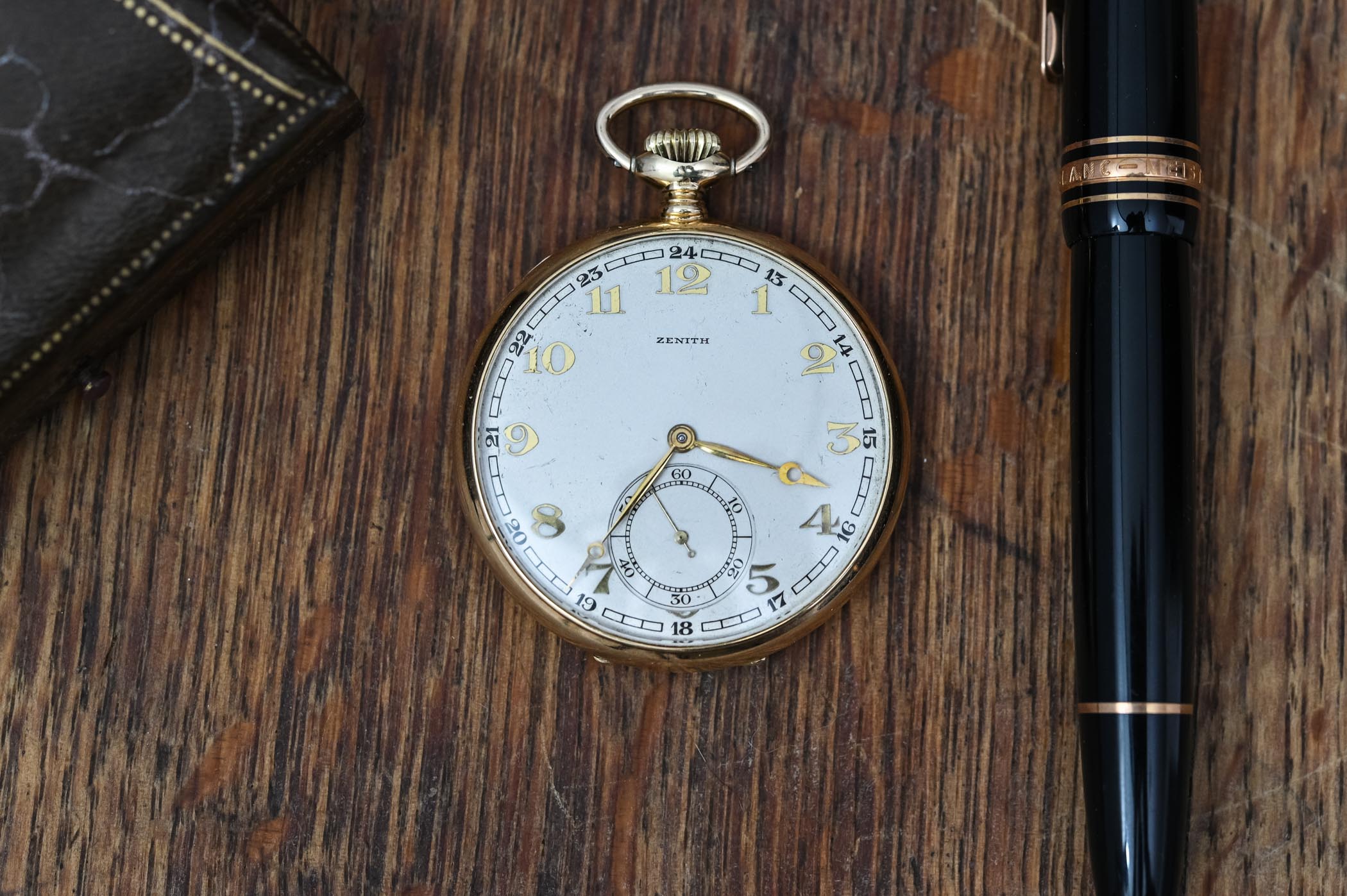
The pocket watch… No style is more iconic and nothing has endured for as many centuries. These marvels of mechanical engineering have relayed status for elites, advanced transportation needs across land, air and sea, and just kept average folks on schedule. Outfits were even designed specifically to accommodate them. In the 21st century, three-piece suits have become a rarity, often relegated to the odd, formal occasion (or cold weather at times). With that absence of a waistcoat and modern proliferation of wristwatches, pocket watches have largely disappeared from view. They can still complement an outfit as much as fancy cufflinks, however, and although identical in purpose to wristwatches, they emanate a very different vibe.
With wrist-worn timekeepers so perfected, not to mention easier to use, are pocket watches even worth the hassle? Well, absolutely – for the right person. Let’s dive in.
Brief History
Books have been written about specific pocket watches and brands alone, and I can easily write 5,000 words and only scratch the surface of five centuries of pocket watch history. I’ll try to keep this relatively short and sweet. As the old saying goes, “In 1492, Columbus sailed the ocean blue.” Seems like the ancient times and was quite literally at the tail end of the Dark Ages. Less than 20 years later in 1510, however, the first “pocket watch” debuted in Nuremberg, Germany. Invented by master locksmith Peter Henlein, the precise mechanism of gears and cogs was small enough to fit in the hand, accurately measuring time on the go (for the era). Powered by a new internal spring instead of hanging weights, these first “clock watches” were large and ungainly by today’s standards, and initially worn on a chain around the neck. Like clock towers of the day, dials had just a single hour hand, but the ability to carry time with you was revolutionary – if not reserved for the wealthy.
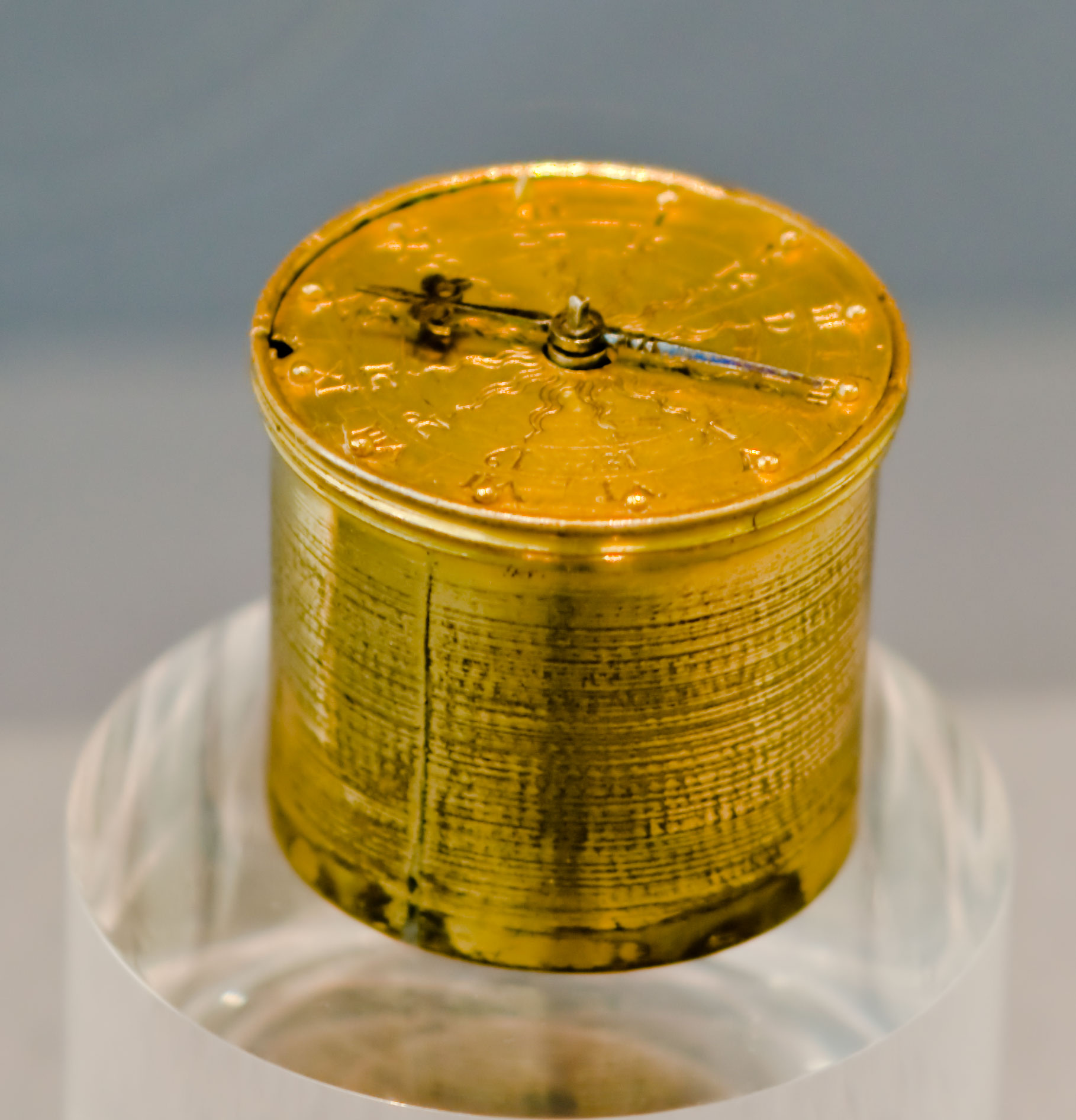
The following century brought about big changes as cases evolved into what we recognize today as a pocket watch. We can thank King Charles II of England for introducing waistcoats in 1675, serving as the perfect attire to carry this burgeoning timepiece. In the early 17th century, glass began covering and protecting the dials, and fobs were introduced to keep them securely fastened to the owner. The age of pocket watches had truly arrived.
For another century, pocket watches continued to be expensive, luxury items made by hand for the privileged. Technical innovations were exploding, however, such as the first repeater by watch/clockmaker Daniel Quare at the end of the 17th century and first tourbillon by Breguet in 1801 (June 26, 1801, or rather on 7 Messidor, year IX, since the Republican calendar was still in force in France). Advances to the escapement were the biggest achievements with the archaic verge escapement (derived from the earliest known clocks) replaced in the early 18th century by the cylinder escapement, allowing for a much thinner watch case. It’s the lever escapement, invented around 1754-56 by Thomas Mudge, that really brought watchmaking into the modern era. This development used an anchor-shaped lever with two pallet forks to control the escape wheel. It works in conjunction with the balance wheel, giving impulses to power it. In return, the escapement is regulated by the oscillator that locks and unlocks the escape wheel. Relatively simple and accurate, this escapement is still used in the vast majority of movements today.
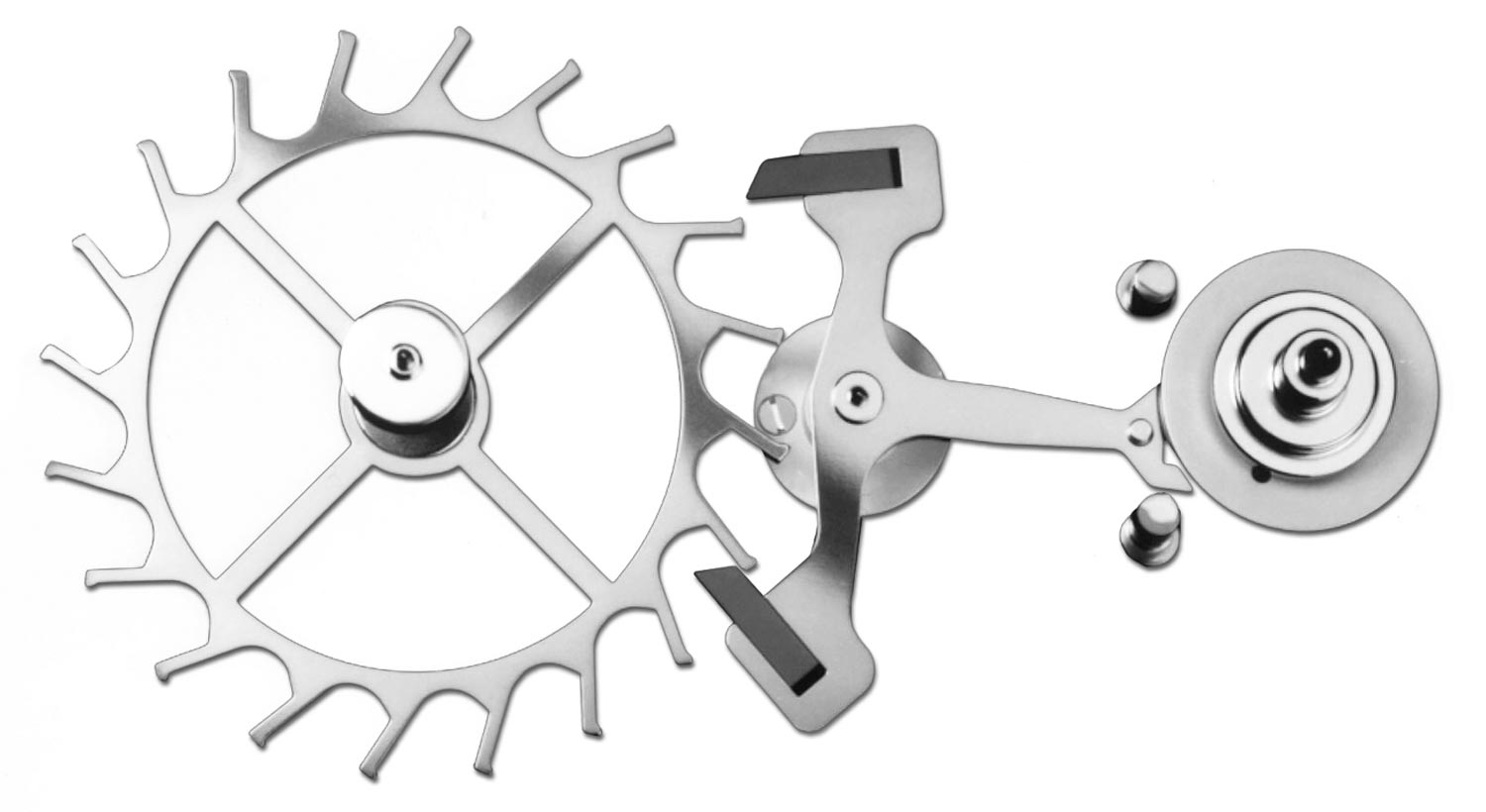
By the late 1850s, standardized parts became commonplace and mass production brought pocket watches to the commoner. Companies like Tissot and the American Waltham Watch Co. pioneered these efforts.
To wind and set the time on pocket watches up until the mid-19th century, a separate key was inserted into corresponding slots in the movement. Adrien Philippe invented the modern, integrated stem-winding system in the mid-1840s (wind and set time via the crown), and Patek Philippe was first to commercially produce stem-wound pocket watches. There are also three types of pocket watch cases. Open-face cases have a solid (or exhibition) caseback and exposed crystal, allowing for a quick view of the dial. Hunter cases have a metal cover closing over the crystal for protection, while double-hunter cases have both front and rear covers, allowing the movement to be viewed.
World War I was the catalyst for the mass adoption of wristwatches. A more practical solution was required where time would always be available without the need for retrieval. Rifles and other equipment were already being carried, leaving no third hand for a pocket watch. The resulting wrist-worn “war watches” also eliminated the stigma of wristwatches being feminine and a “lady’s accessory.” Pocket watches continued to endure for decades, but the watch buying public embraced wristwatches in earnest and never looked back. It’s now much more fashionable to have a dress watch slide from under a cuff than being pulled from a pocket. A relative few still gravitate to pocket watches, of course, and they’re alive and well in the shadows of modern horology.
Modern classics
I’ve talked with many watch enthusiasts, watchmakers and journalists, and almost all were surprised at the variety of brands still producing pocket watches. A lot come from companies you’ve probably never heard of with Chinese movements, but just a bit of digging will turn up quality models, many even Swiss made. Woodford is a UK-based company that’s been around since 1860 and maintains a sizeable collection of new pocket watches in all styles. One can be had for around GBP 100, but well-executed hunter pocket watches with Swiss movements sell in the GBP 400 neighbourhood. Not bad for a mechanical Swiss timepiece. Jean Pierre is another brand, founded in 1932 in Bienne, Switzerland. Now headquartered in London, mechanical pieces also start at GBP 100, but higher-end, sterling silver models climb to GBP 650.
Both Woodford and Jean Pierre are good starting points for budding pocket watch enthusiasts, but like many products of its ilk, there’s a lot in a name and brand recognition often rules.
Tissot
Founded in 1853 in Le Locle, Switzerland, Tissot was among the first to mass-produce pocket watches in the 1850s. The brand is also Switzerland’s largest watchmaker in terms of production. We recently reviewed their Heritage Petite Seconde wristwatch that houses an ETA 6498-1 calibre, first developed in the 1950s and originally designed for pocket watches. As a major Swiss brand, Tissot is also the most invested in affordable pocket watches with a current portfolio of over a dozen models. All three styles are represented – open-face, hunter and double-hunter – and anything from vintage-inspired to modern skeleton pieces are offered.
I have several models on hand that range from old-school to modern, open-face to double-hunter. I initially thought I’d prefer hunter cases, but open-face models ultimately won me over. You get the pocket watch experience with quick, wristwatch-like convenience – no fussy lids to deal with. That being said, the Bridgeport Mechanical Skeleton with its double-hunter case is arguably the best looking, most novel piece they offer. Shrouded in stainless steel, the Bridgeport has an ETA 6498 with views of the movement from both sides. Both covers are identical, however, so you don’t know which side is which until you push a button on the crown to open the front, but it’s one cool piece.
My favourite Tissot model is the Pocket Mechanical Skeleton, which is basically an open-face version of the Bridgeport. It differs a bit in style, but the overall concept is the same. It’s among the most expensive pieces at USD 1,100 but offers a contemporary take on the centuries-old style (definitely not your father’s Oldsmobile). The open-face Lepine Mechanical takes a vintage approach if you want something traditional (also available with a hunter case as the Savonnette Mechanical). Whatever your taste, Tissot has you covered with a major Swiss name to back it up.
Patek Philippe & IWC
On the other end of the spectrum are luxury, often limited-edition pocket watches from some of the most prestigious brands in the industry. Patek Philippe currently has nine models in yellow, white and rose gold cases – open-face, hunter and double-hunter.
All use in-house, hand-wound calibres with prices starting above USD 40,000, but the clientele for these differ from the aforementioned brands, of course. All Patek Philippe pieces have relatively simple time-only dials with a couple featuring power reserve indicators. The 983J-001 model with an 18k yellow gold hunter case is a good example with a power reserve at 12 o’clock.
As with most storied brands, pocket watches are the foundation of both style and technological advancements, and iconic IWC designs have deep pocket watch roots. The legendary 19th-century Pallweber featured digital jumping hours and minutes in lieu of hands (a small seconds hand was still present) and was a marvel in 1885. Curiously, these original Pallwebers were only produced for a few years with production ceasing around 1890. Well-preserved pieces look as contemporary today as they did over a century ago.
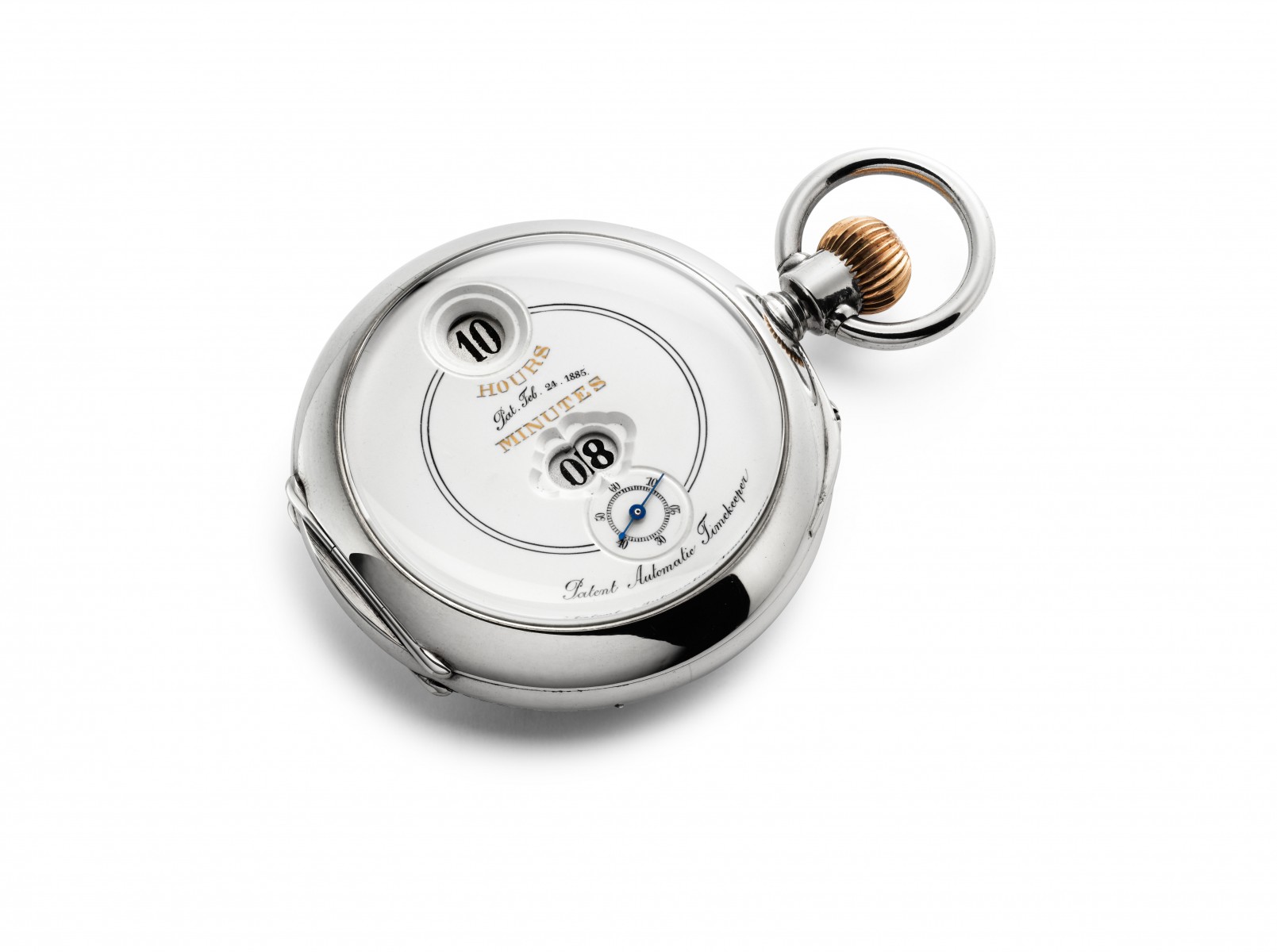
IWC revived the Pallweber in 2018 to celebrate its 150th anniversary (although the brand had been producing pocket watches into the 1990s). A few Pallweber wristwatch models were produced, but the limited-edition pocket watch stole the show.
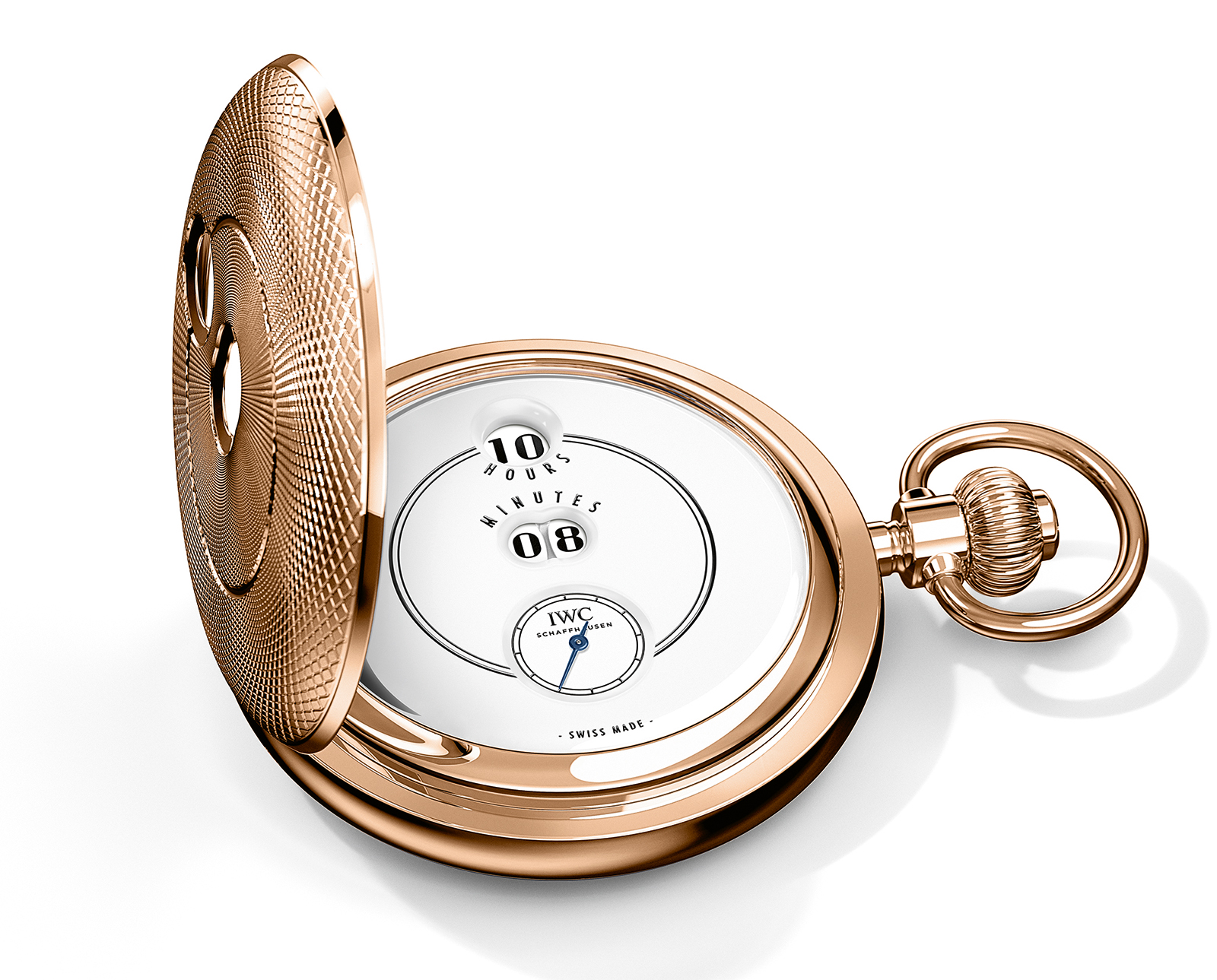
Housed in an 18k gold double-hunter case, the engine-turned lid featured cutouts over the hour and minute digits, displaying the time when closed, while the back opened to reveal the in-house, hand-wound 94200 Calibre (same as the Pallweber wristwatches). Limited to 50 pieces with a USD 66,500 price tag, only a small subset of collectors were targeted, but the watch perfectly encapsulated the history and design prowess of the brand.
Audemars Piguet & Vacheron Constantin
Best known for Royal Oak luxury sports watches, Audemars Piguet also has a couple of pocket watches in its collection. Unlike those from Patek Philippe and IWC, these are loaded, grand complication pieces. Coming in at 59mm, the Classique pocket-watch features an 18k yellow gold hunter case with a perpetual calendar, minute repeater and split-seconds chronograph, while the smaller 52mm Lepine has the same complications in an open-face, 18k pink gold case. Both use the in-house, hand-wound Manufacture Calibre 2860. Prices are available on request, so use your imagination.

Vacheron Constantin doesn’t currently have a pocket watch in its regular collection, but the brand is recognized as producing the most complicated watch in the world – the Reference 57260 pocket watch. Presented in 2015 after eight years of work, the piece has 57 complications (2,826 parts), beating the Patek Philippe Calibre 89 pocket watch from 1989 with 33 complications. The larger dimensions of pocket watches make this otherworldly sophistication possible as a wristwatch case is too constrained.
Patek Philippe does hold the record for the most expensive pocket watch ever sold at auction – the 1932 Henry Graves Supercomplication sold for USD 24 million via Sotheby’s in November 2014, beating its own auction record of USD 11 million back in 1999. The most expensive timepiece ever sold is Patek Philippe’s Grandmaster Chime Ref. 6300A-010 wristwatch, which went for a staggering CHF 31 million at the 8th Only Watch auction in November 2019.
Final Thoughts
I haven’t covered every brand producing pocket watches by a long shot (either currently or very recently), but this provides a snapshot of just how prolific they are in the context of being relegated to the shadows. Frederique Constant, Longines and Hanhart add to the list, while American luxury watchmaker RGM recently produced a bespoke pocket watch for a client with its in-house 801 calibre, signature guilloché dial and keystone hands.

Then there’s Piaget, Montblanc, a hybrid from Bovet and many more. You can spend a few hundred dollars or six figures, but every type of enthusiast is covered by a healthy variety of brands. Why, however, should you want to buy one over a wristwatch?
With time all around us – in the car, on your phone, on your computer screen and so on – watches aren’t the required tools of yesteryear. Kids and teenagers generally don’t wear watches anymore, other than the occasional Apple Watch or Fitbit. Pocketed smartphones have become the principal timekeepers for many, so in a sense, pocket watches have made a resurgence. For the millions of watch enthusiasts around the world, there’s also been a recent, exploding trend of nostalgic heritage pieces. Reproductions or re-issues of vintage timepieces like the Longines Avigation Type A-7 1935, Hanhart TachyTele Pilot’s Chronograph and Hamilton Khaki Pilot Pioneer Mechanical have big appeal. What could scratch that throwback itch more than a fine mechanical pocket watch? They’re truly the classic cars of horology.
Perhaps you wear vests or three-piece suits, maybe you wear a fitness tracker, but don’t want to give up on mechanical watches… Whatever the case, pocket watches are easy and especially enjoyable to live with. I’ve been carrying several new models to see if it’s something I’d like and retrieving one always puts a smile on my face. It’s a more interactive, purposeful experience. It also provides a sense of antiquity that no wristwatch can match. Pocket watches certainly aren’t for everyone, but you’d be surprised at how satisfying they can be. If you’re fast-paced and thrive on convenience, they’re probably not for you. Slow down a bit and enjoy the little things, and you might get hooked. They’ll always be a part of my collection moving forward and the interest they generate out in public is surprising (if you like that kind of attention). Like manual transmissions, board games and physical mail, pocket watches still have a place in the 21st century. And they remain truly special.

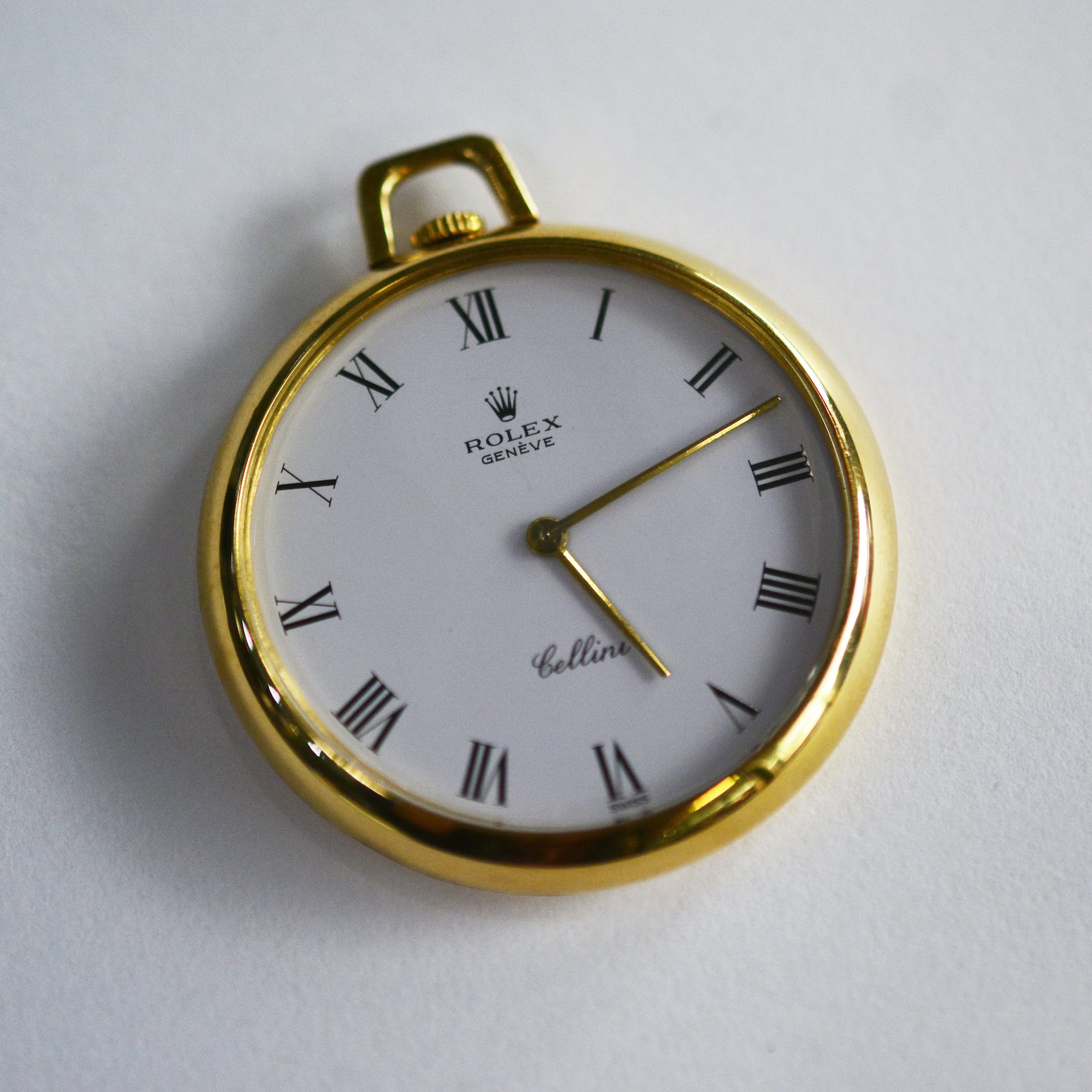

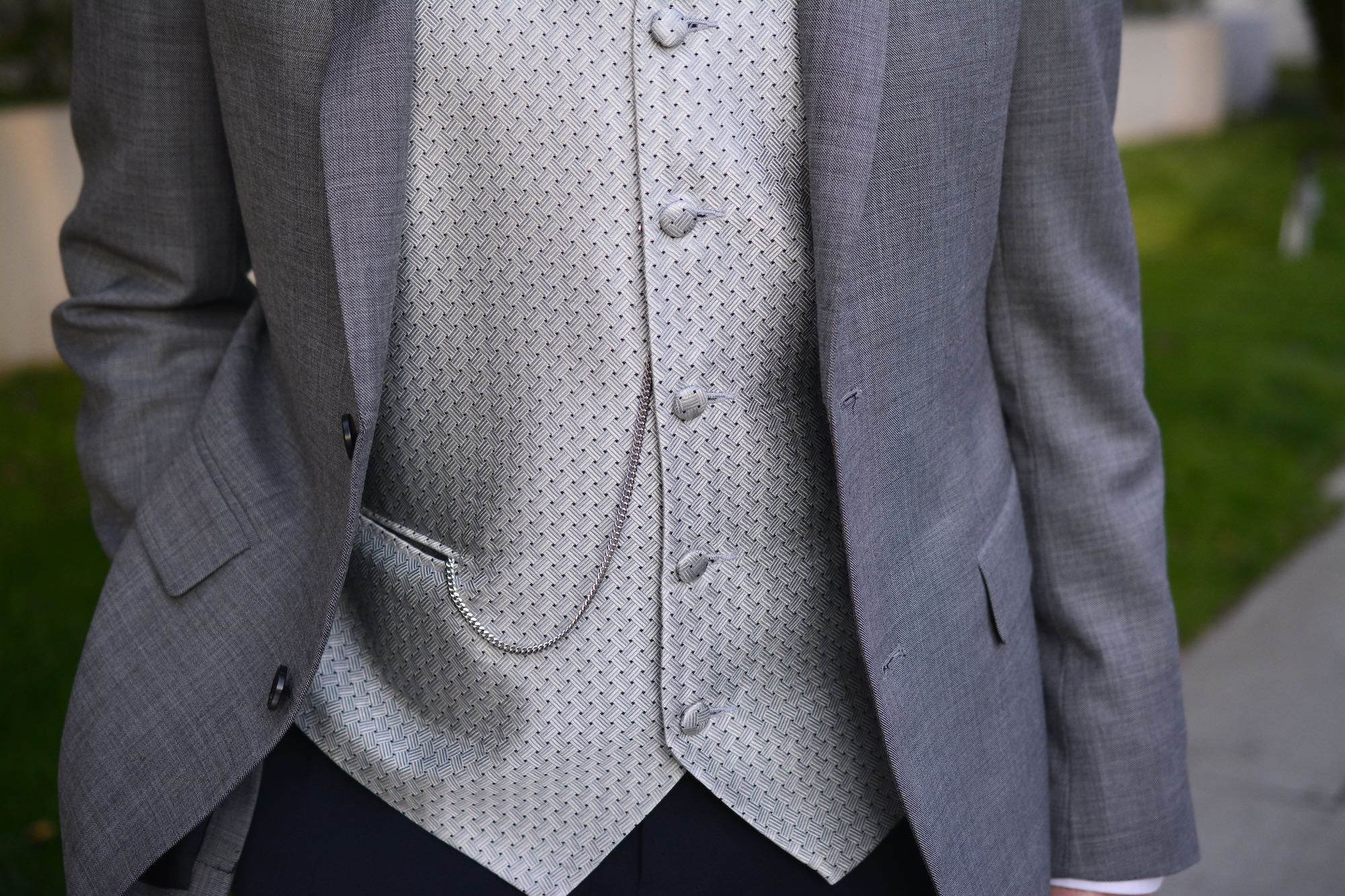
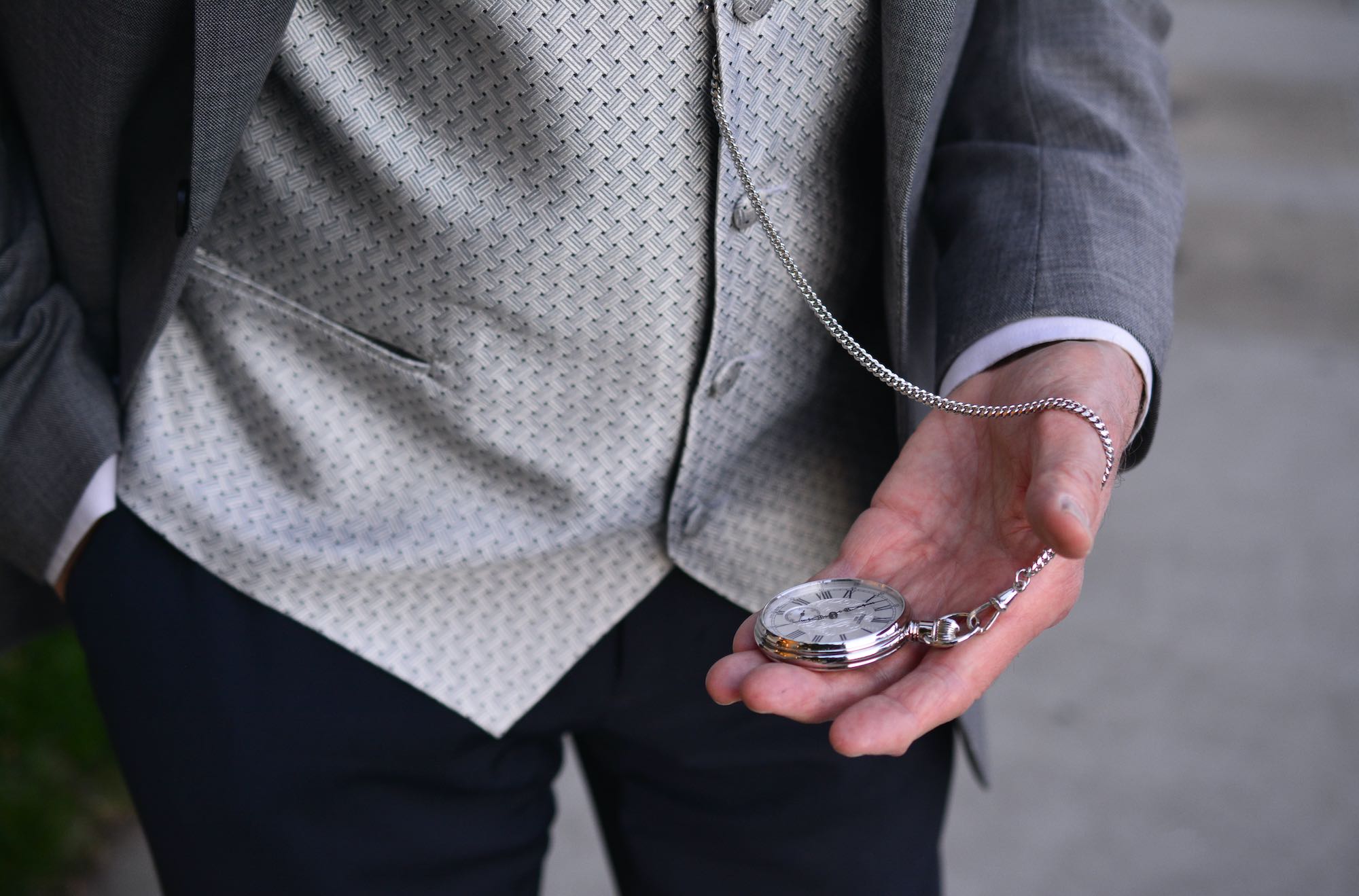
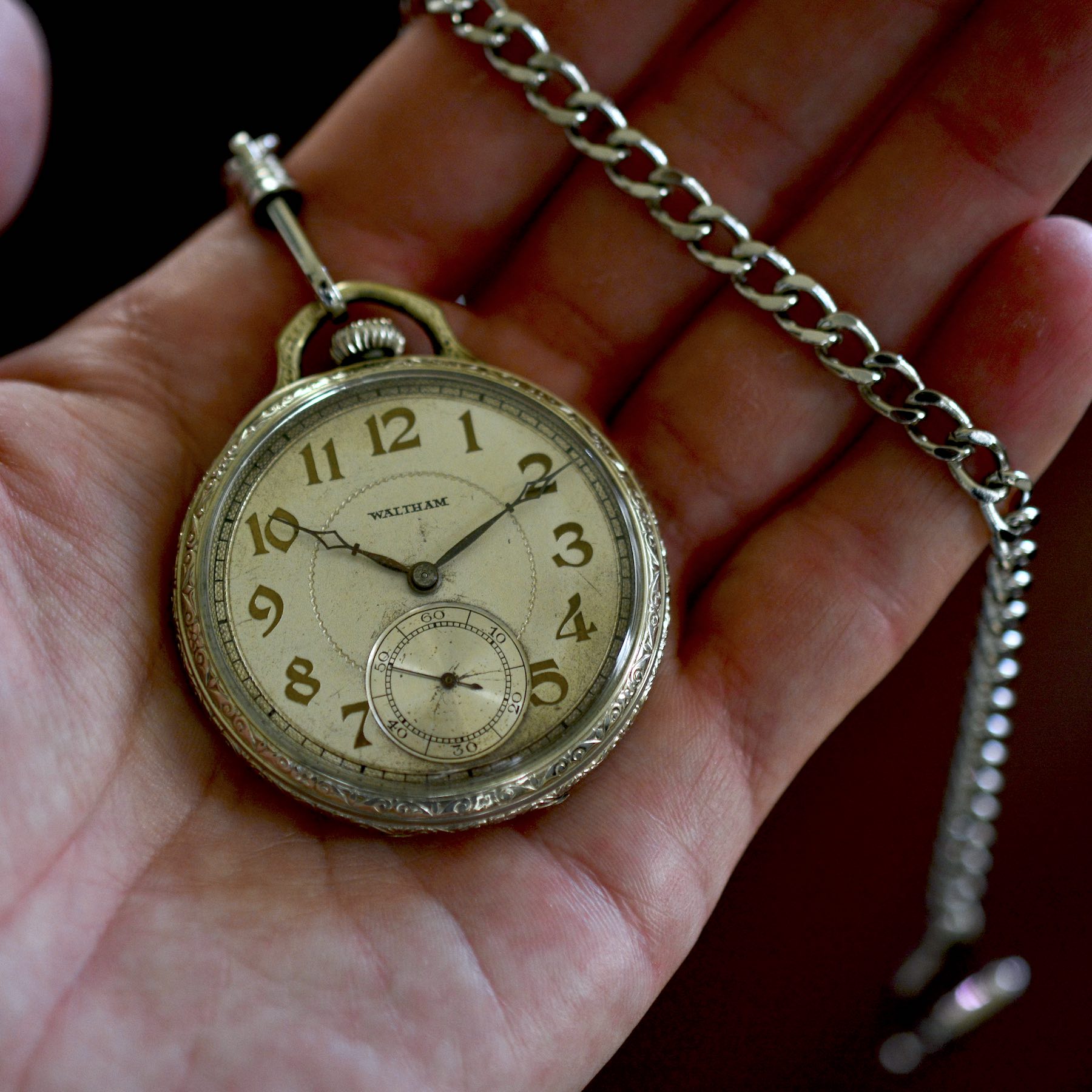
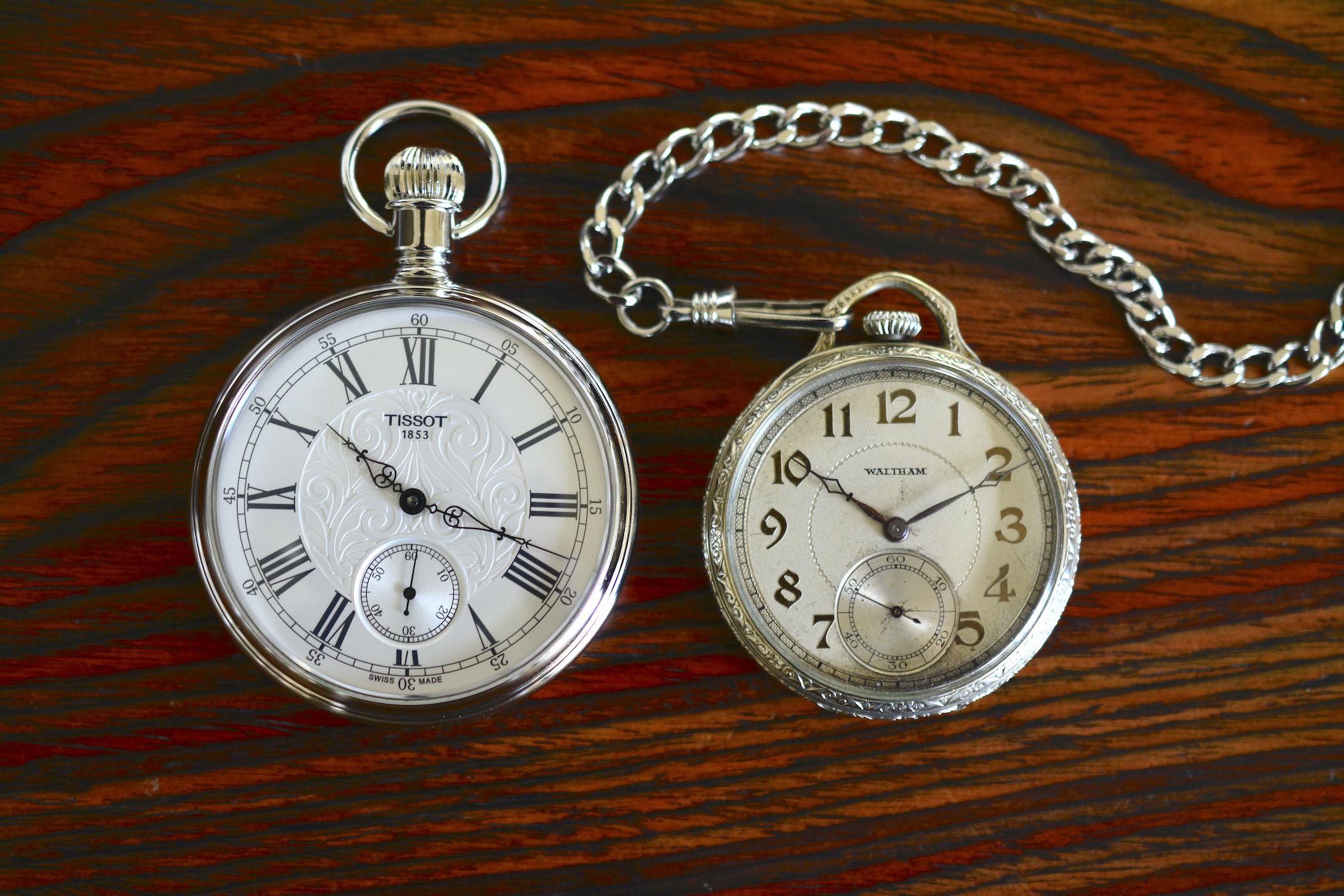
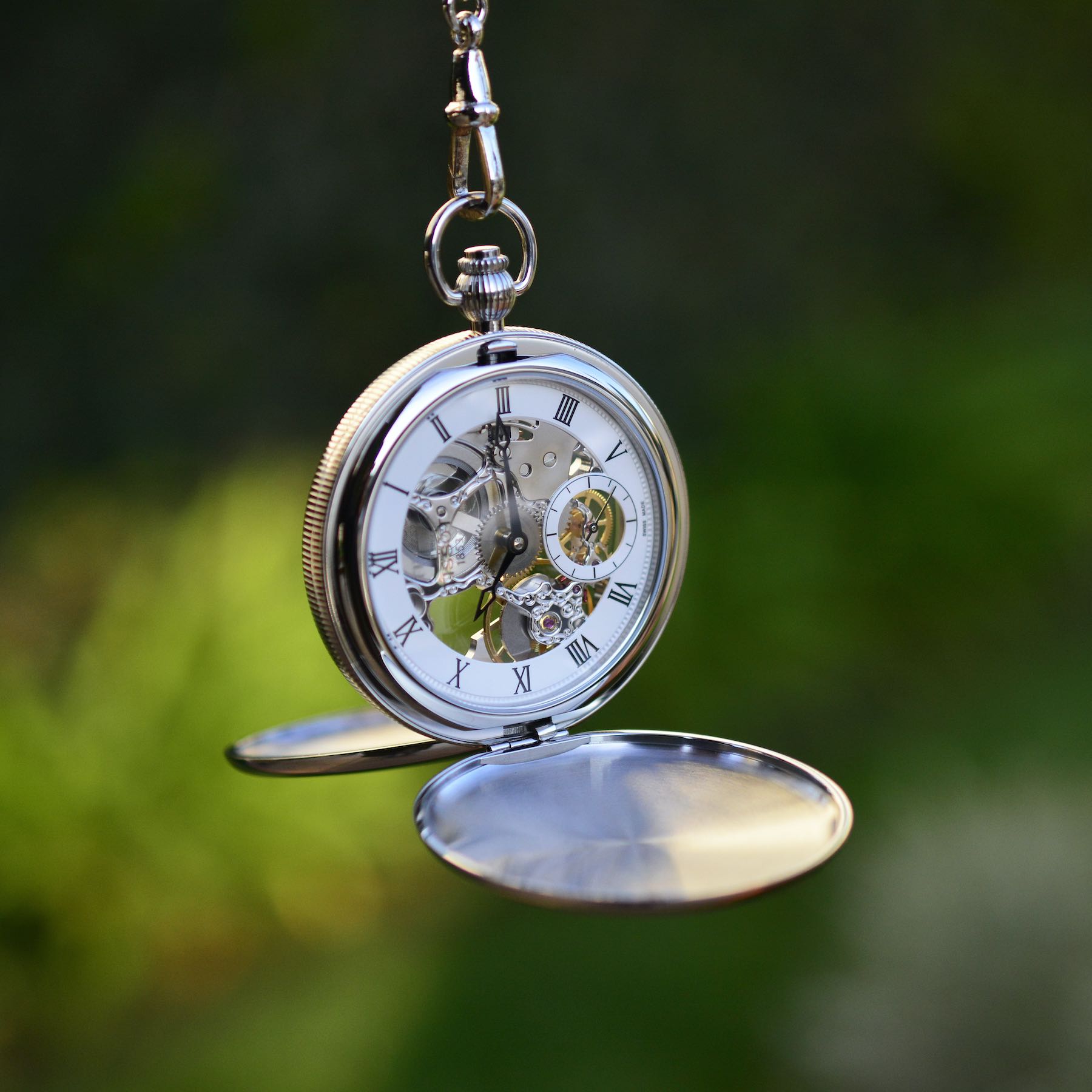
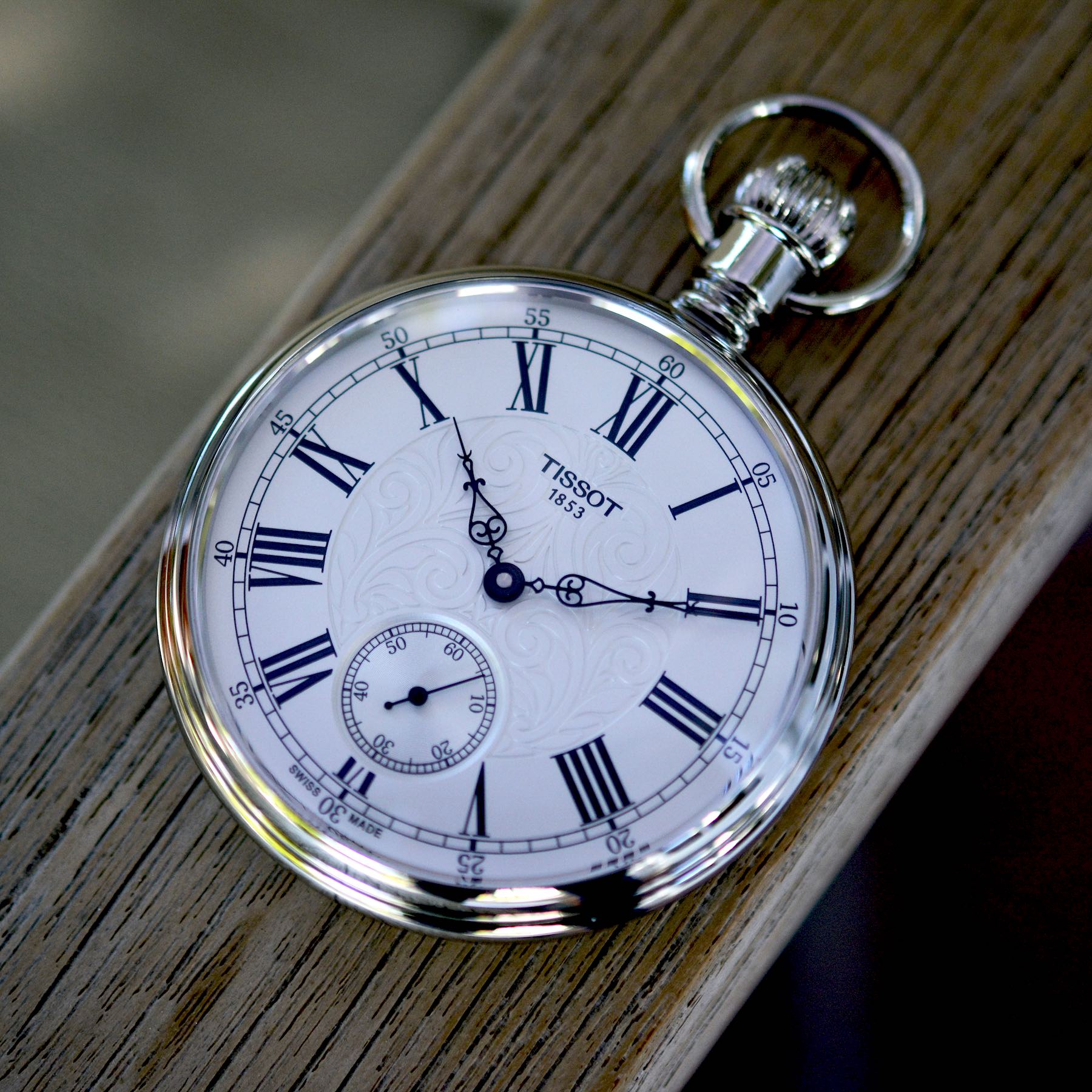
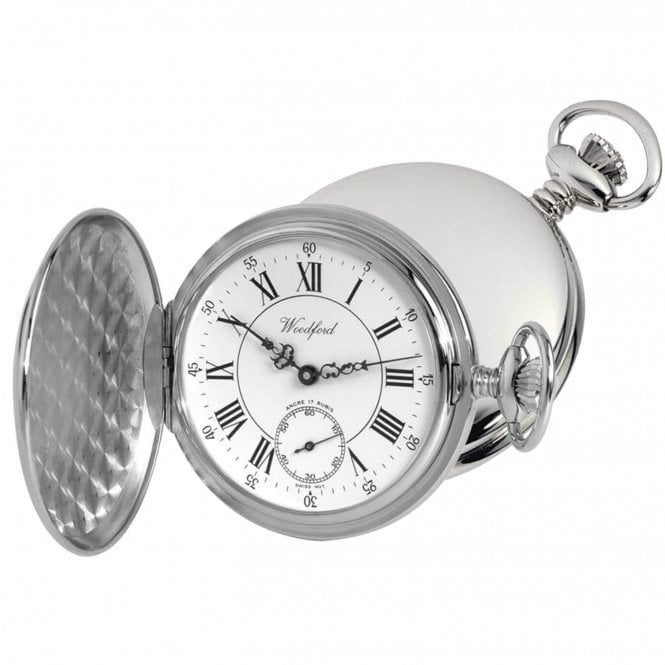
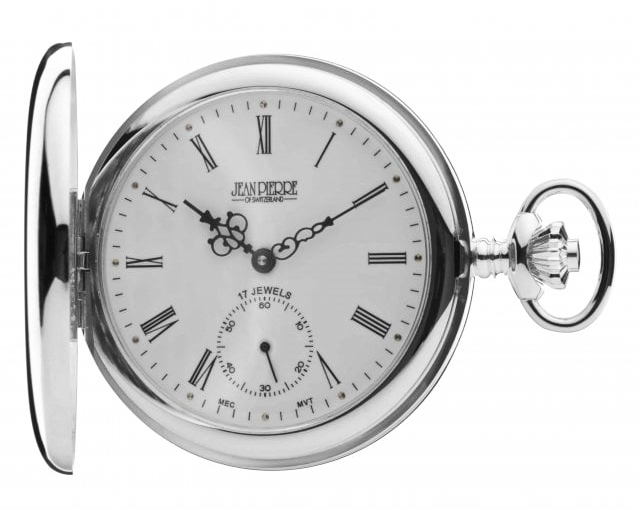
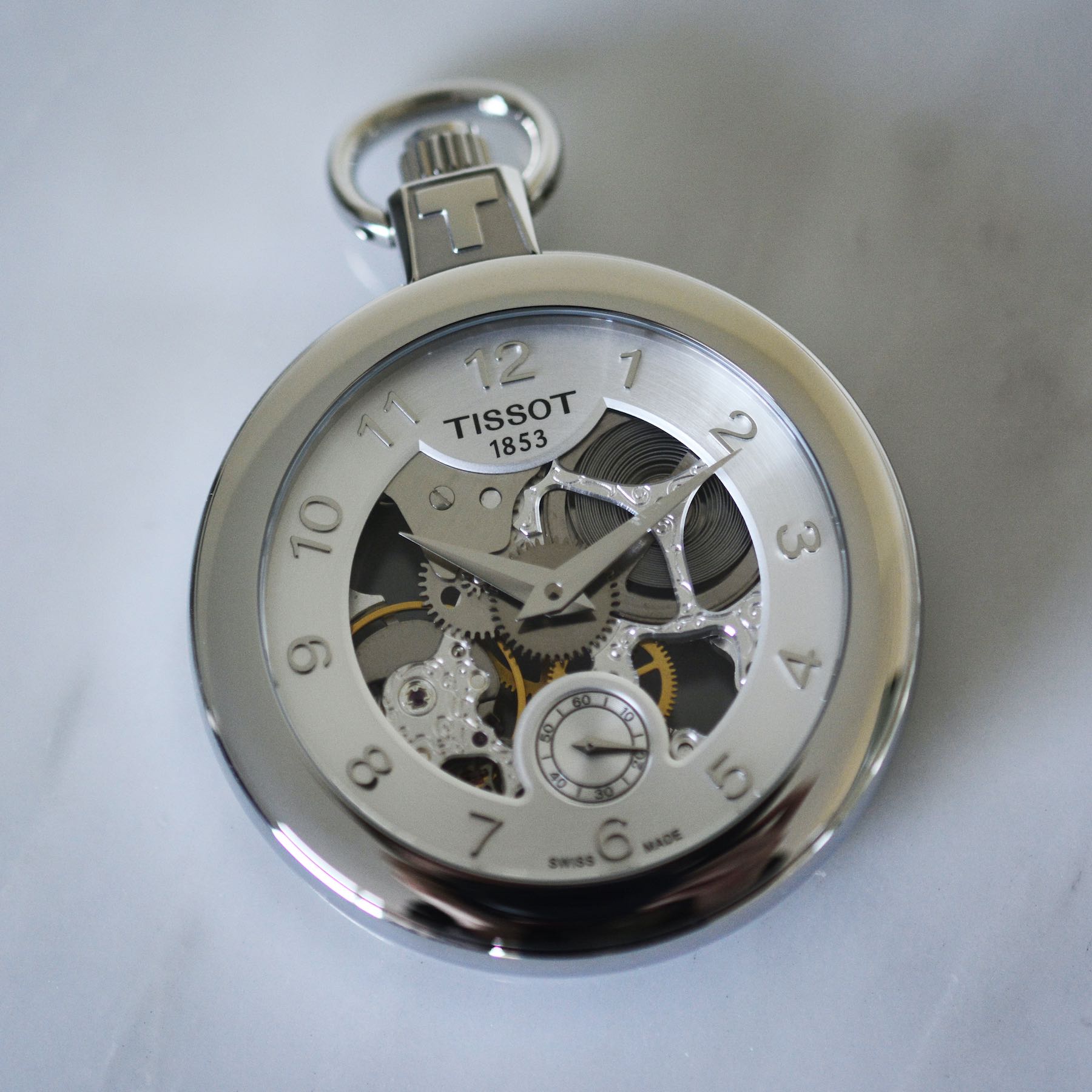

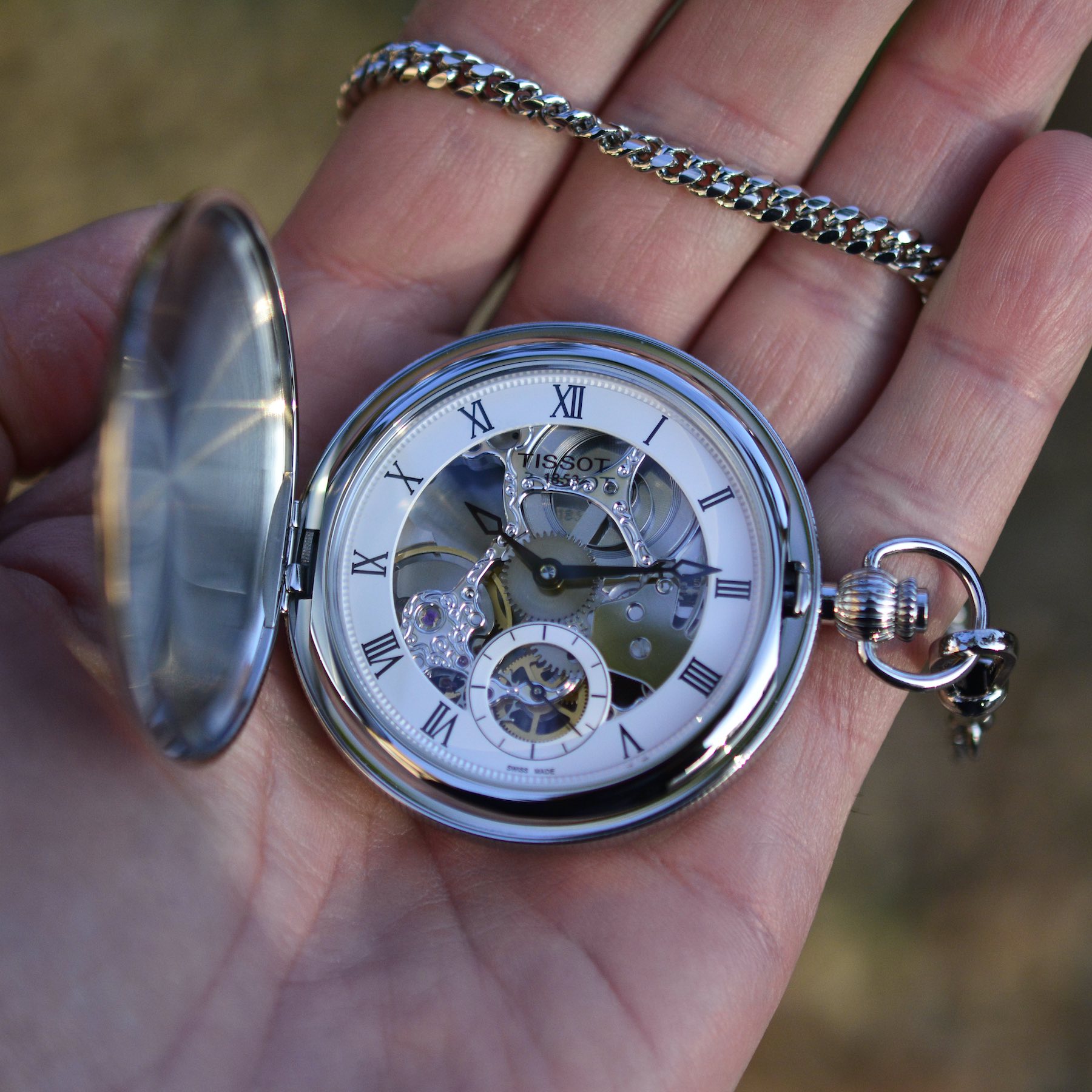
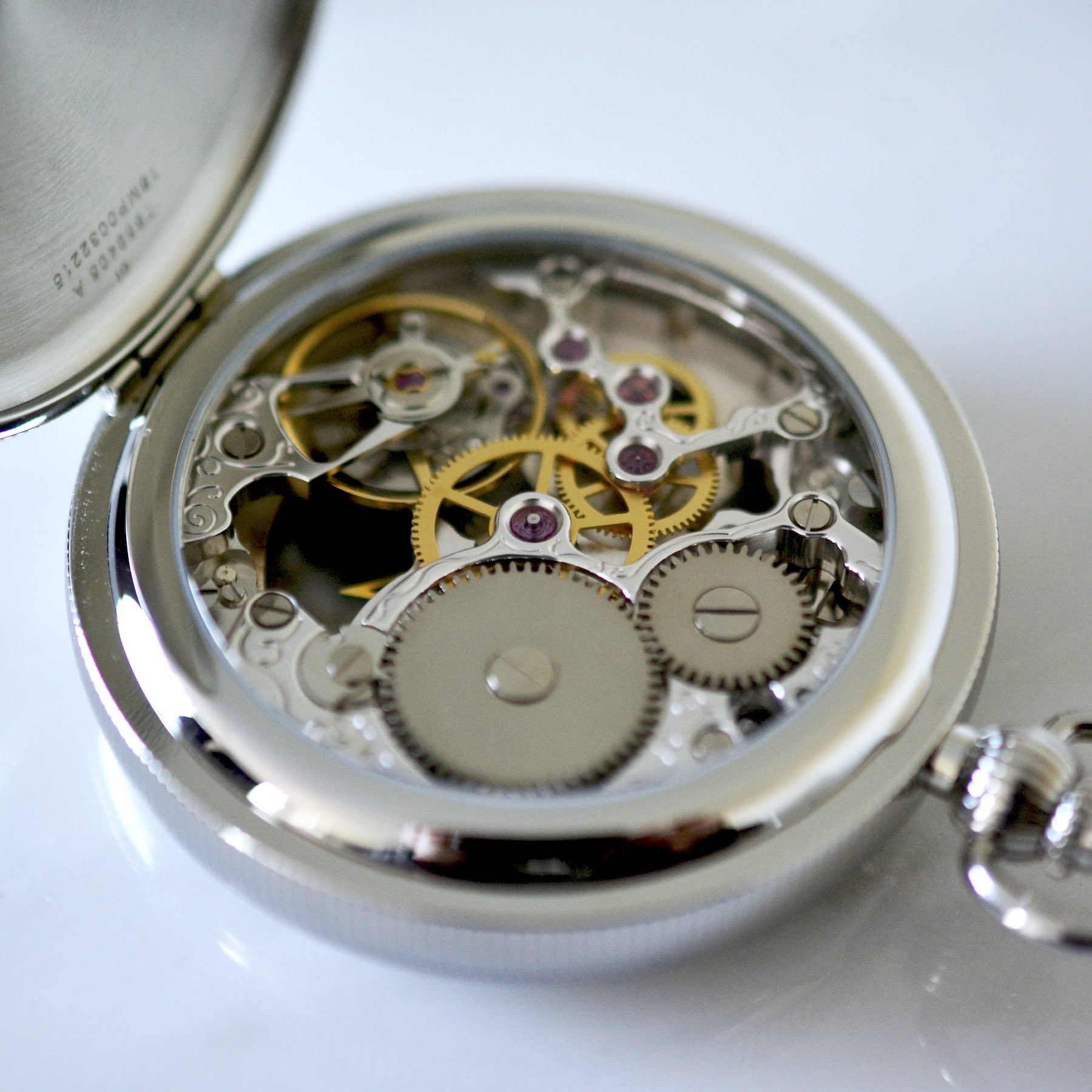
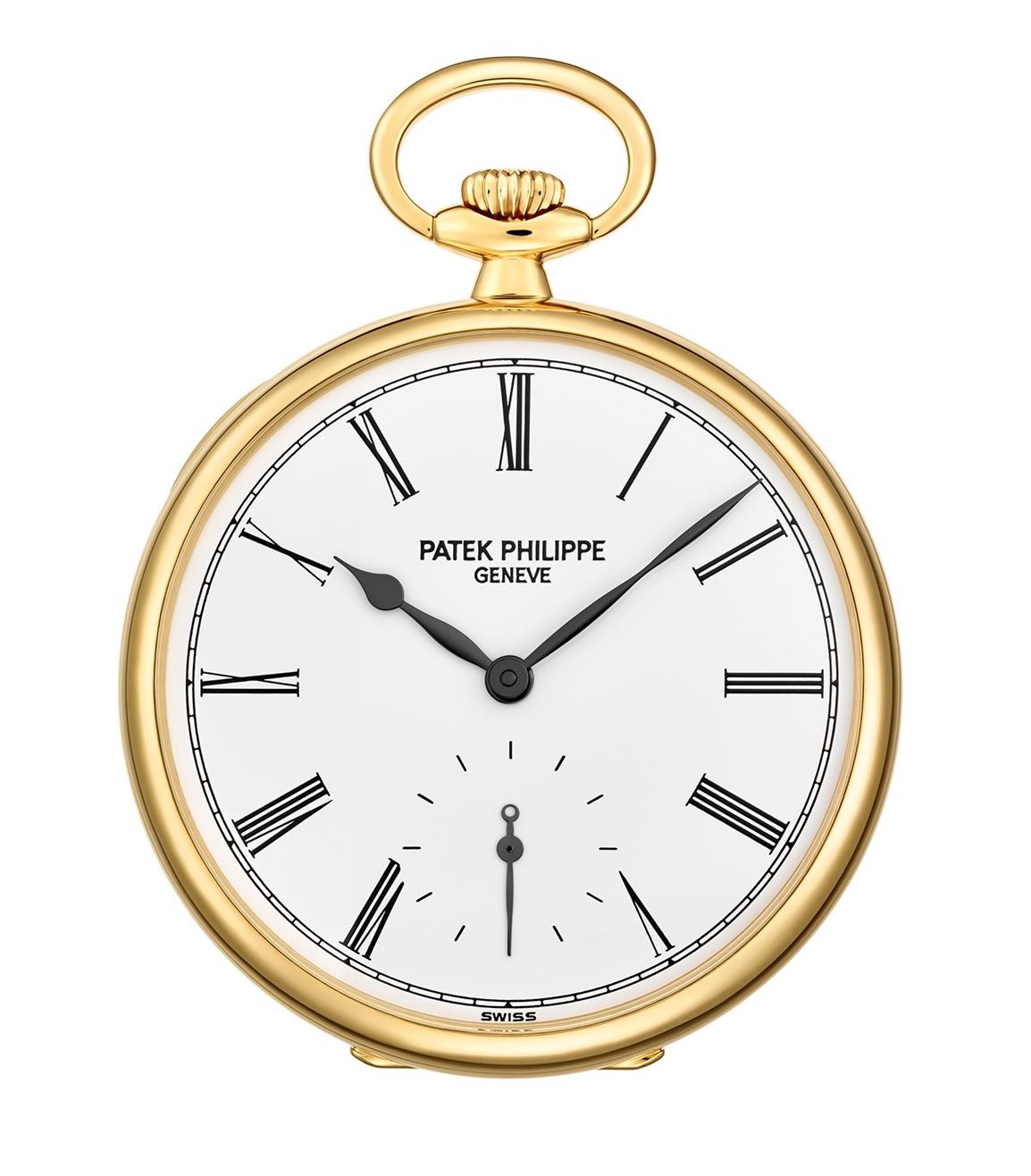
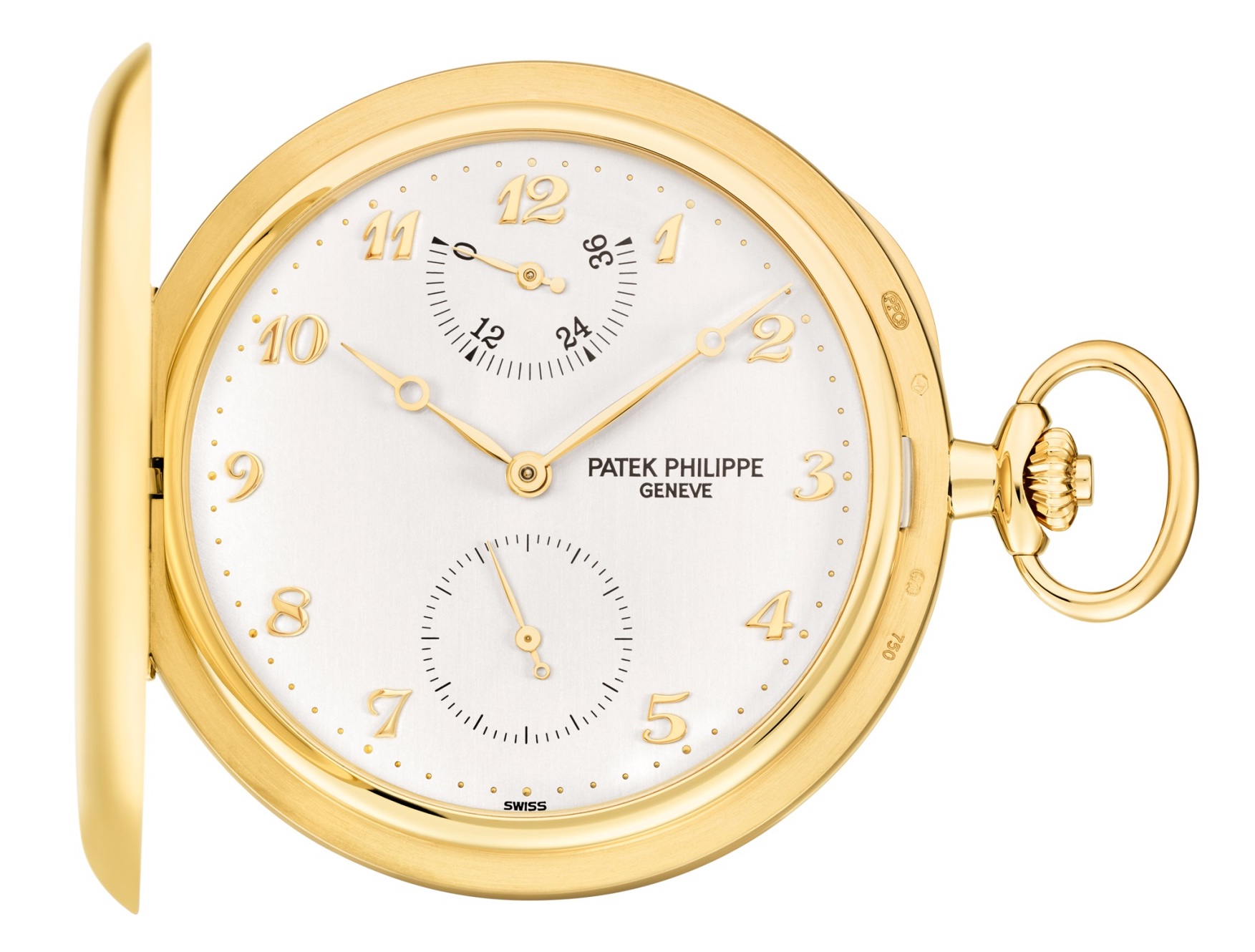
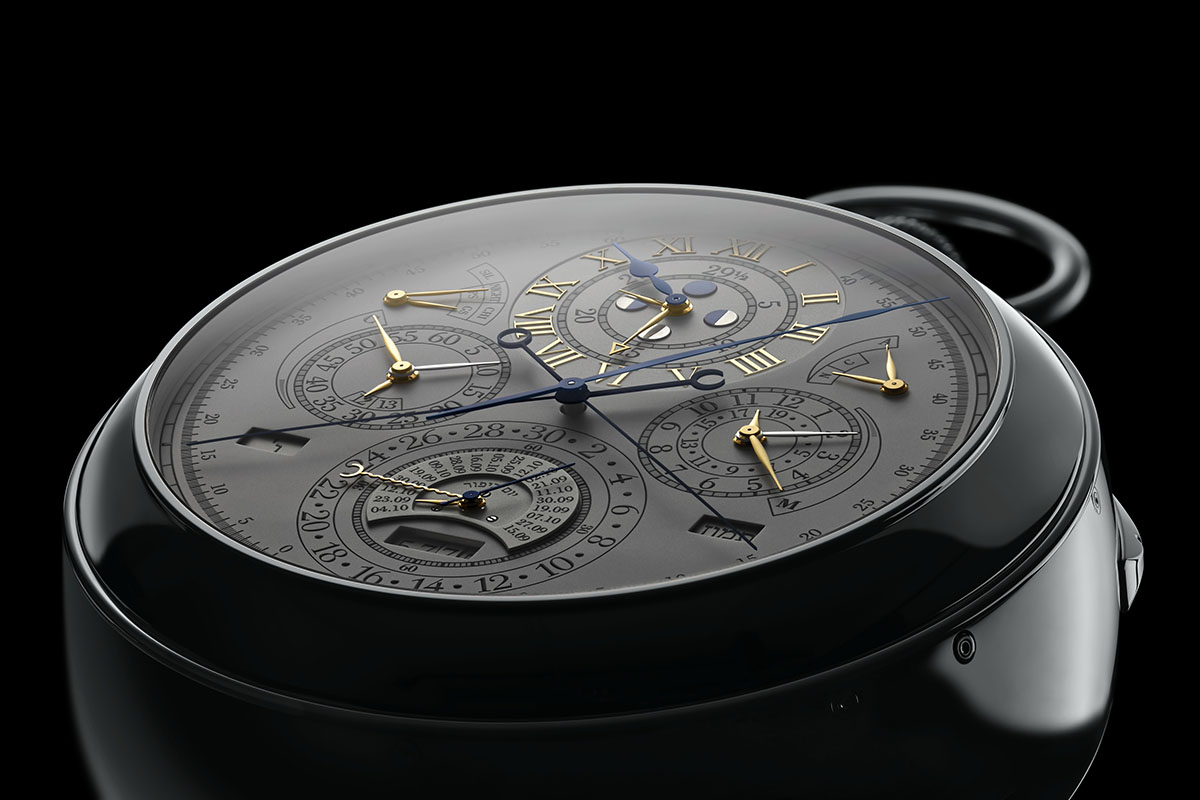
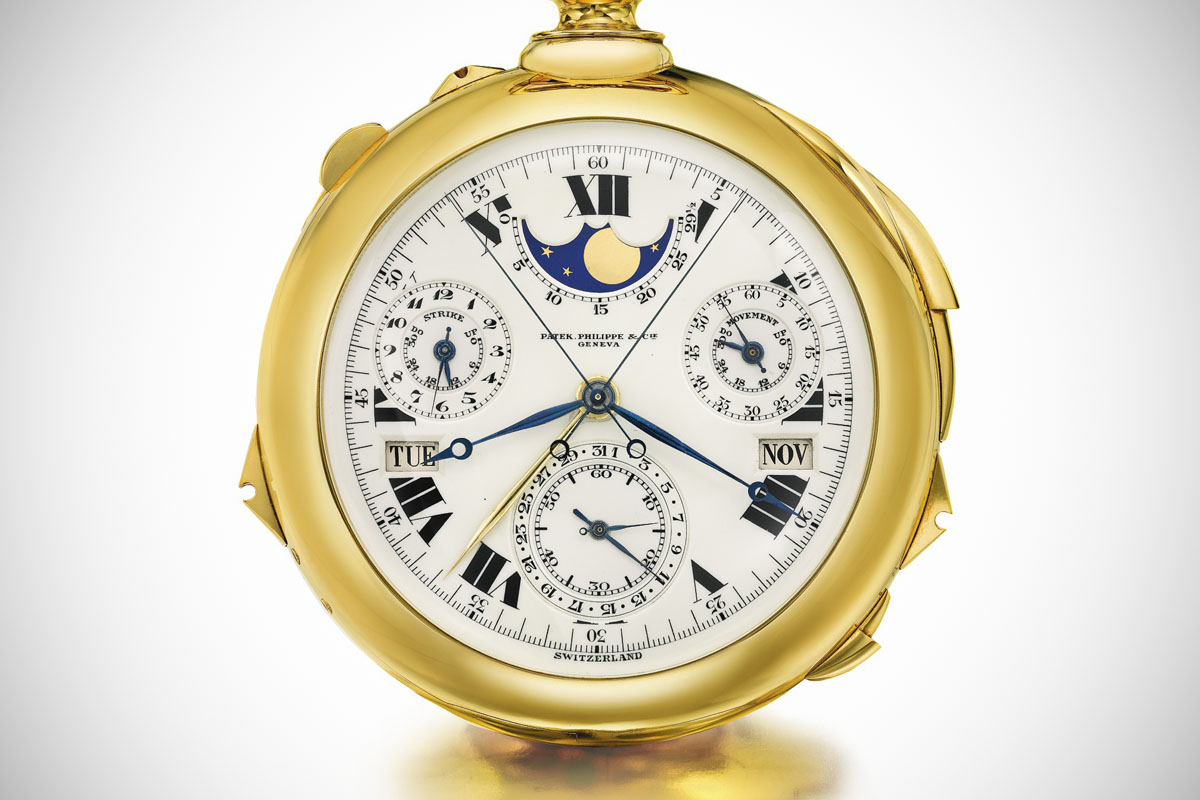






14 responses
There are more pocket watches now than there have ever been and probably more than all the wrist watches put together – iPhones and other Smartphones.
Thank you for a very interesting article. As a lover of mechanical watches and having inherited an old fob watch, it’s certainly made me want to look into these a bit more.
Nobody needs a pocket watch, but they can be a nice way to tell the time. If you think of it logically, if you don’t want to wear a wristwatch they are much more convenient than having to carry a (relatively) huge smartphone with you everywhere, and they dont become unusable after 2 or 3 years of ownership.
Think about how many men wear waistcoats these days compared to a few years ago. But they still wear wrist watches. Time for these chaps to get themselves a pocket watch.
Great article, thanks. Nice to see some of the range of modern pocket watches. I’m fond of my two vintage pocket watches, a Movado Ermeto and Waltham Vanguard, and wear them occasionally.
Vintage pocket watches can be an affordable way to get features and finishing that is generally only available in more expensive watches. For USD 500-1000 you can get a free sprung balance wheel with screwed weights, swan neck regulators, polished countersinks and anglage, gold chaton, possibly even an engraved balance cock.
I hope you will excuse me being a watch nerd, but this article is not quite right. Yes, the lever movement was invented by Thomas Mudge, but that was the English lever movement, which was used in all good (i.e English) pocket watches up to the end of the Victorian era. The Swiss lever movement came much later, and only became common when the Swiss captured the market from English makers at the start of the 20th century. The English lever is a stacked arrangement which has the balance wheel above the top plate, and the escape wheel underneath. Almost all 19th century watches are of this pattern. The swiss lever has the balance and escape wheel on the same plane, side by side.
Great story! I still love the craftsmanship which can be found ik a lot of these pocket watches like stated before screwed in gold chatons, bi-metal balance, swan neck regulators, etc. at a affordable price. Even 18kt gold minute repeaters are reasonably cheap compared with wrist watches.
How very cool! And well done.
And as for who should use a pocket watch:
For anyone who has become presbyopic (and if you haven’t, it’s 100% you will), like me, your wrist watch has become an annoying blur, at least while on the wrist. Although I’m past due for bifocals, I continue to resist, and about a year ago I retrieved several pocket watches from their long time storage and began wearing them in a vest pocket or the fifth pocket of jeans. Holding one at near arms length, I am able to again fully enjoy the timepiece I’m using that day, and the snickers I thought I might hear have yet to come. Rather, I get comments on how my little chain looks neat (especially when on the vest), and then when I explain it’s to keep my watch from falling, and pull it out for show, “woah!” is what comes next. As a middle, middle-aged man, I never thought a pocket watch would make me cool to others less than half my age.
I think over the next few months I’ll sell off some of my wrist watches and invest in a few of the pocket models I’ve just now learned about.
? Bravo.
I got my pocket watch when 40 . I still love it (aged 66 ). it`s special and cool !
Yo creía que el arte de fabricar relojes de bolsillos había desaparecido pero toda revista de relojes que veo la compro descubri hace ya muchos años (más de veinte) en una revista de homología llamada hr: magazine en donde salió una nota de relojes de bolsillo de las marcas más importantes (y no tantas ) con una artesanía notable jaeger Bulgari piguet chopard cronoswiss Rolex icw y muchas otras marcas por supuesto esta revista está guardada y revisada para poder disfrutar ese arte maravillosas máquinas maravilloso arte
Men wear suits for different reasons to make a statement [work uniform, wedding, funeral, ‘special occasion’ etc.] I can tell intuitively why a man is in a suit.
Having said that, what statement am I making when I wear a suit? ‘am not up and coming, but have arrived’
How? Tailored Savile Row 3-piece suit, Double Albert or Single Albert, fob, family crest, half-hunter Time Piece [Vintage Patek Philippe pocket time piece] Anything less, is considered Country.
With the number of my Patek Pocket time pieces, I do not consider myself a collector, but a Patek Philippe devotee. In addition, a few Vacheron & Constantin Pocket time pieces for good measures.
A friend once asked me what the differences are between the 2 brands. My response, Patek is a Bentley and Vacheron is a Rolls.
Says:AKD500
Great article. Retro is fun but it would be nice to hear a bit more about affordable modern wristwatches. I have a stainless steel Nokia which has a flap to protect the screen (so a kind of modern hunter) – displays hours, minutes, seconds plus month and date. It’s quite heavy and bulky, goodness knows why Nokia made it but it’s very appealing. I also have a solar-powered, radio-controlled Citizen – a periodic radio signal corrects any infinitesimal error in the quartz timekeeping (though sadly it only works in Japan). There must be other ingenious watches out there, suggestions welcome.
With Peaky Blinder, Downton Abbey and Great Gatsby showing on TV people of the younger generation are embracing pocket watches. Everyone one to look like thomas and Author Shelby .
Great article about pocket watches, but I’m a lady, and I love my pocket watch. I’m lost without it. I have had 3 pocket watch es since 1983. Thanks for the story, want to see more styles for ladies.